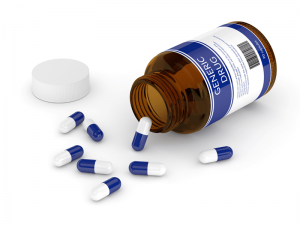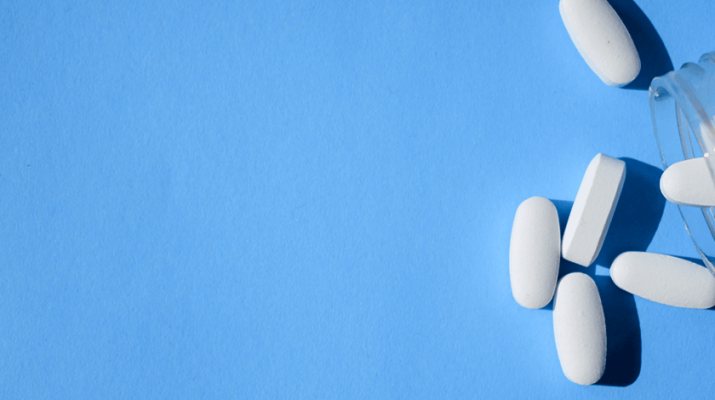Are they really safe and effective? Recent news stories raise questions about these drugs
By Deborah Jeanne Sergeant
 Are generic prescription medications as safe and effective as their name brand counterparts?
Are generic prescription medications as safe and effective as their name brand counterparts?
News reports such as NBC’s “Tainted Drugs” story by Didi Martinez, Brenda Breslauer and Stephanie Gosk in May indicate that imported generics may be subpar compared with name brands.
One example was a nationwide recall of generic drug valsartan, a popular blood pressure medication which was found to contain carcinogens. The NBC story stated that about 85% of facilities manufacturing the ingredients used in American drugs come from factories in countries like China and India, where cost is lower, but oversight is not as stringent as in the U.S. or other countries.
Since summer 2018, manufacturers have sent out about 45 recalls of generic blood pressure drugs, including losartan, irbesartan. Their ingredients have been sourced from imported ingredients, according to the NBC story.
In India and China, local laws make it more difficult to inspect. In some cases, manufacturers demand advanced warning before inspections, which in effect negates the point of “surprise” inspections.
In addition, area physicians raise more concerns.
Physician Raul Vazquez , founder of Greater Buffalo United Accountable Healthcare Network (GBUAHN), said that as a rule, generics are supposed to contain the same active ingredients as the name brand medication.
“If you use certain generics, like for a thyroid condition, you should stick with the same medication,” Vazquez said. “If you use different product, the bioavailability may be different.”
These could affect how the medication is absorbed or cause other side effects.
James Della Rocco, director of pharmacy systems for Unity Health in Rochester, isn’t worried about U.S.-sourced medications’ safety. Like Vazquez, he said that the binders and other inactive ingredients may affect how the drug acts for certain patients, such as not dissolving in the same way. But the low cost of generic drugs makes medication obtainable for many people who would not otherwise be capable of affording their prescriptions, he said.
“If you have concerns about where a drug comes from, ask a pharmacist,” he said. “They can say if it comes from the U.S.”
The Food and Drug Administration inspects medication production plants every two years, but with foreign plants, “they’re not monitored the same as the plants in the U.S.,” Della Rocco said. “Maybe 50 to 100 are inspected and they need to inspect maybe 700. Oftentimes, you have to notify plants in places like China if you’re going to inspect them. These are points of trade agreements we have to look at.”
In the case of carcinogens in the generic drug, valsartan, Della Rocco said that patients would have to consume vast quantities of the medication to “get to the point where you’d get cancer.”
Yet he is concerned about medicinal safety because imported medication isn’t as highly regulated as domestically produced medication.
“We have got to make sure everything that comes into this country is inspected and is safe,” he said. “If you hear about less oversight and that it’s going to be deregulated, I’d be concerned. You’ve got to be vigilant about what you take and where it comes from.”
Physician Vazquez is also concerned about when drug manufacturers merge, which he said can cause a monopoly or near monopoly for a particular generic, which can cause its price to skyrocket.
He has observed commonplace medication such as heartburn medication cost $200 to $300 in co-pays for those with insurance but cost only $79 if they paid cash for it without using their insurance cards. Their insurance actually makes prescriptions cost more.
“Pricing is crazy; it costs the state a lot of money,” Vazquez said, referencing state-funded health coverage benefits.
He has seen medication available for $20 over the counter cost patients $430 as a prescription, “and the insurance company gets a rebate for it.”
The FDA doesn’t control drug prices. It’s up to consumers to discuss available medication with their physicians and ask their pharmacists about costs.

